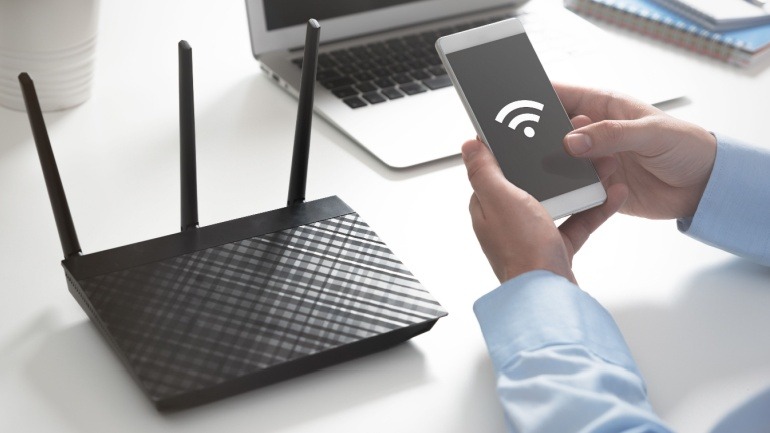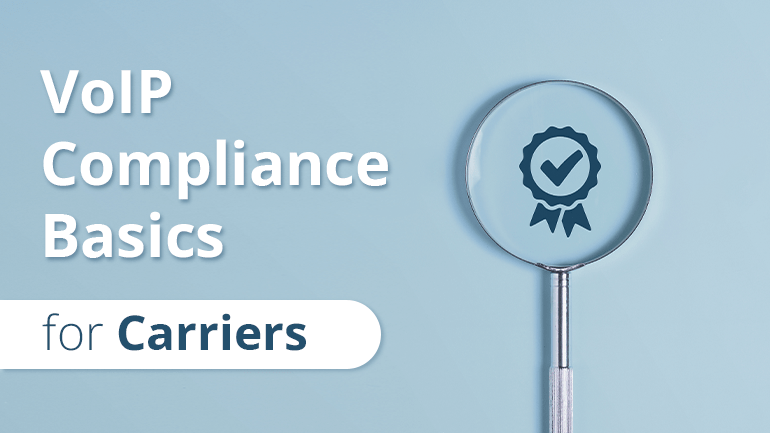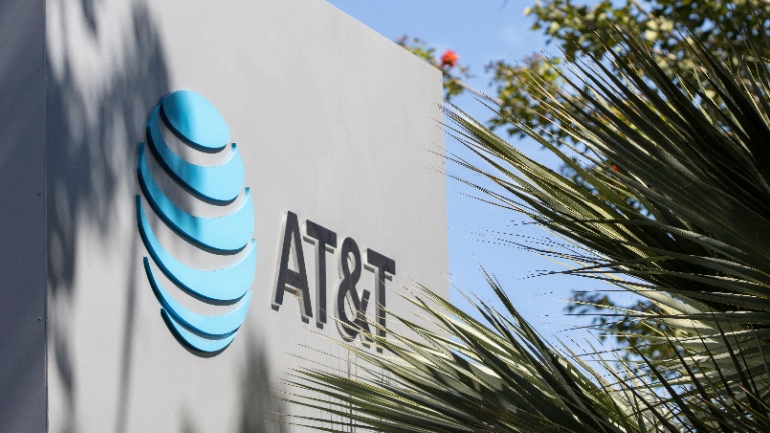The 37 GHz spectrum band offers a unique opportunity for shared federal and non-federal use, leveraging innovative coordination frameworks. Key features include dual-access strategies, enabling dynamic spectrum sharing for applications like IoT and high-capacity networks.
T-Mobile is revolutionizing VoIP communication with its groundbreaking 5G standalone network, achieving uplink speeds of 2.2 Gbps using New Radio Dual Connectivity. By aggregating 2.5 GHz and mmWave spectrum, T-Mobile significantly enhances VoIP performance, catering to demanding applications like live streaming and gaming. This innovation elevates VoIP experiences worldwide.
Sinch, which is pioneering the way the world communicates through its Customer Communications Cloud, today announced that it is paving the way for the transformation of emergency communications with its advanced Next Generation 911 (NG911) technology. By integrating a wide range of multimedia options — such as voice calls, real-time text (RTT), internet of things (IoT) data and video — Sinch enhances accessibility and ensures more reliable and comprehensive communication than voice-only 911 services. These NG911 innovations ensure first-responders receive mission-critical, real-time data, improving response times and public safety.
As the Federal Communications Commission evaluates T-Mobile US’s proposed acquisition of UScellular. This merger promises to reshape the VoIP landscape by combining resources to tackle fierce competition. By leveraging UScellular’s spectrum and infrastructure, T-Mobile aims to enhance its VoIP offerings, transforming market dynamics.
Starlink’s temporary FCC approval for direct-to-device services highlights the vital role of VoIP technology during emergencies. By partnering with T-Mobile, Starlink enables emergency alerts via satellite in hurricane-stricken North Carolina, offering free internet for 30 days.
Airtel is tackling India’s growing spam call issue with its latest AI-powered spam detection solution. This innovative system analyzes and alerts users within 2 milliseconds, detecting over 100 million spam calls daily. Available to all 387 million Airtel customers for free, it sets a new benchmark in AI-driven telecom security.
Regulatory compliance is crucial for VoIP carriers to ensure the delivery of reliable communication services. Non-compliance can result in severe penalties, loss of licenses, and reputational damage. This article provides an overview of key regulations, such as data protection and emergency services, that carriers must navigate to operate legally and protect consumers.
The FCC approved SpaceX to replace its aging Starlink satellites with advanced second-gen models. The number of Australians using FWA for home broadband nearly doubled. Hiya’s report found nearly 20 billion spam calls globally. The UK CMA has paused its app store investigations into Apple and Google.
The National Advertising Review Board (NARB) has urged AT&T to revise its claims about its Supplemental Coverage from Space (SCS) following a challenge from T-Mobile US. AT&T’s advertisement implied the advanced VoIP service is operational, which is misleading. Transparent communication in the evolving VoIP and satellite communications landscape is essential.
AccessPlus, an affiliate of RingSquared, has announced its acquisition of Crocker Communications, a leading telecommunications provider in Massachusetts. This move allows AccessPlus to expand its VoIP and fiber broadband infrastructure across Western Massachusetts. By integrating Crocker’s clients, AccessPlus aims to deliver enhanced VoIP services and boost connectivity, marking a significant growth milestone.













